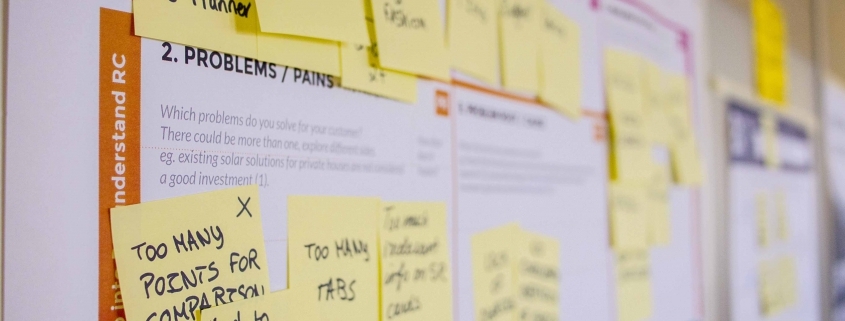5 Steps to Building a Successful Nurture Engine
Nurture campaigns have recently sparked the interest of marketers. They are now paying close attention to trending engagement tactics that result in higher conversion rates. That being said, it’s not easy to launch a nurture campaign. A best practice would suggest to run a pilot nurture campaign that we will define as a “nurture engine” with specific components. The pilot approach will allow you to try it, test it and broaden it!
Every successful nurture campaign begins with the shopper’s journey. You first need to reach your audience, then engage them enough to convert them and finally, expand the relationship. The Nurture Engine focuses primarily on the “Engage” stage of the shopper’s journey, where our efforts will initiate, educate, differentiate and accelerate leads.
The nurture engine positions you to initiate new prospects with general messaging and educate them based on their specific value proposition and needs. Nurturing prospects with targeted messaging allows you to differentiate your company and also accelerates the buyer’s journey, moving them from prospect to customer more efficiently.
5 Step Process for Higher Conversion Rates
The ultimate goal of the nurture engine is to drive higher conversion rates, and this simple 5 step process will help in achieving that goal:
- Assess and Visualize
- Pilot Design
- Campaign Development
- Execution and Measurement
- Optimization
1. Assess and Visualize
In step one, look at the “big picture” and ask yourself who you want to target. Are you looking for net new prospects, to cross sell/upsell existing customers, or even re-engage past customers? Create buyer scenarios detailing out personal information, buying behaviors and other essential information. To assist in your audience analysis, stakeholder interviews and focus groups are valuable in finding out the current state marketing and engagement efforts – what’s working and what can be improved. Now that your audience is segmented, pick one or more audience segments to focus on.
2. Pilot Design
Step two: pilot design. With a thorough understanding of the prospect base you can begin to create an implementation plan moving forward. Within the implementation plan you will need to develop tailored messaging for each audience. Messaging frameworks that highlight individual value propositions, pain points, and buying behaviors will assist in building a meaningful relationship with prospects by offering them engaging content. Next, define the communication strategy with audience-specific messaging and a communications calendar to execute against. Keep in mind, in this phase, we are focused only on the messaging and design of the campaign, not the actual tactics or channels.
3. Campaign Development
Step three: campaign design. With your segmented messaging and implementation plan in place, you can begin to prepare best-in-class customer communications to provide your audience(s) with targeted content for amplified engagement. Next, determine the channel mix that resonates best with your audience(s) and the tactics that you will use in those channels. Develop effective and engaging copy and content for campaign assets such as emails, landing pages, etc. An effective way to ensure optimal creative, copy, and other campaign elements is to develop them against industry best practices. Prepare any additional campaign materials based on uncovered pilot opportunities such as the need for a newsletter or existing customer content. Lastly, develop a testing strategy that you can use to test the effectiveness of both channels and tactics used in the nurture engine in the next phase.
4. Execution and Measurement
Step four: execution and measurement. In this phase, leverage your implementation plan and communications calendar to ensure timely and flawless execution of the pilot program. Deliver the customer communications and measure performance relative to the tactic and/or channel mix. It is helpful to develop a scorecard or dashboard to summarize campaign results and provide strategic guidance on success drivers, industry trends and potential future opportunities. Metrics will help you assess how your campaign elements are performing and how well you’ve allocated your funds, after all the overall goal is to increase ROI. As a final key action in this phase, develop detailed documentation of processes and procedures functional to the program’s success.
5. Optimization
Finally, step five, optimization. The optimization phase permits the opportunity to take key learnings from the nurture engine pilot and make recommendations to improve the program before the broader roll out. Take pilot learnings to refresh content, creative and make broader campaign recommendations. Apply learnings to iterative campaign waves to ensure success and a high return on investment. Lastly, based on critical areas identified for program success, research and recommend components and processes that can be leveraged in future campaigns.
As the term suggests, a strong Nurture Engine serves as a perfect kick-starter to a strong nurture campaign. Once the nurture engine is in place and your team and client are behind it, implementing an integrated campaign will garner even more significant and lasting business growth.



